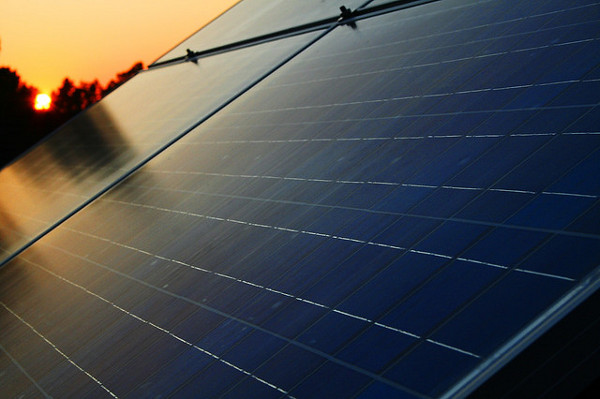
In a world that is constantly evolving, sometimes for the worse, independent living can be an invaluable discipline. With smart tactics and technologies, you can grow your own food, power your own home and sever the wires that make you dependent on anyone but yourself. In celebrating the independent spirit, we’ve explored six systems for self-sufficient living that make for an exciting, rewarding and enriched life of greater independence. Say goodbye to the power grid, the supermarket and the cable company– you won’t be needing them any more.
This post is brought to you by Saab. At Saab, we believe in independent thinking. It’s in everything we do.Learn more here.
Vertical Hydroponic Gardening
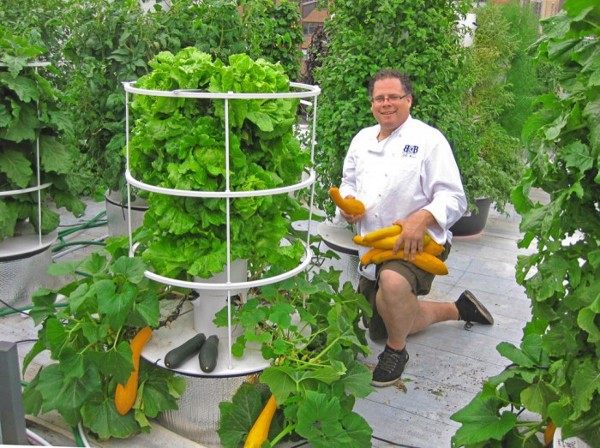
It’s hard to beat the flavor of food grown by your own labor. Urban gardening is a fast-growing trend, and those with an understanding of hydroponic technology are at this trend’s forefront. Vertical Hydroponics allows a gardener to produce large quantities of vegetables in a limited amount of space. Above, chef John Mooney uses 60 aeroponic garden towers to produce 1000 plants on the roof of his NYC restaurant Bell Book and Candle. These towers periodically pump nutrient-rich water through the roots of its plants, using only 10% of the water of traditional gardening while significantly increasing growth rates. If you have the space and the sunlight, you can set up your own vertical hydroponic garden using this technology. Companies likeMyTowerGarden and others produce easy-to-use aeroponic kits, while others have opted to design and build their own system. In a small amount of space and with a small amount of water, tech-savvy gardeners can produce enough vegetables to sustain a household– and cut the supermarket out of the equation.
Vertical Hydroponic Gardening Gallery
Cutting the Cables, Living Wirelessly
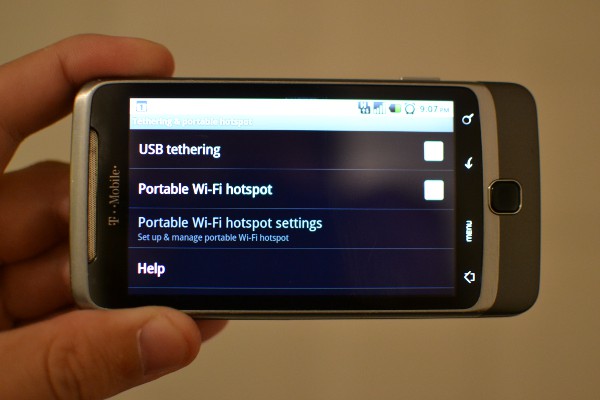
In the modern home, today’s consumer pays bills to cable companies, internet service providers and electric companies. Combined, a renter or home owner shells out nearly $200 a month on average for services that are redundant in nature. With a 4G connection from your mobile provider and a suite of alternative energy sources, each of these hard lines can be cut for a 21st century way of living. Your communications (voice, data and video) can be ran off of your mobile device if it is 4G capable and you live within reach of a 4G tower. Sure, the prices from mobile providers have a long way to fall, but this is the first time in mobile history where your phone’s internet connection is as fast or faster than your DSL/cable line. You can pay out $200 a month for standard services, or your phone can compliment your electric system for off-grid, wireless living without the added cost or restraint. (as an example, this article was researched, written and produced on a laptop using our phone’s 4G wi-fi hotspot functionality)
Rainwater Storage and Reuse
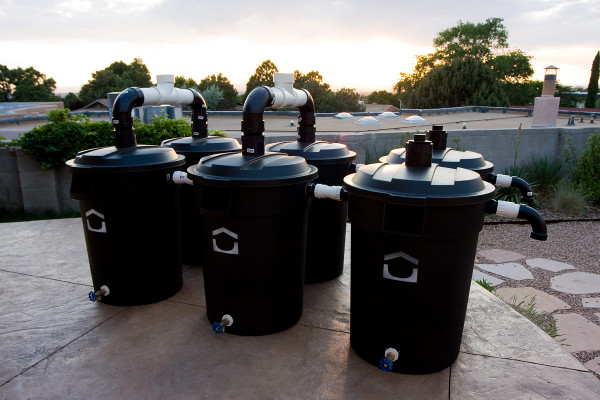
Your hydroponic garden, your lawn and your landscaping all need water to survive, but that water doesn’t need to come from the utility company. Using rainwater storage and reuse systems, individuals can collect water from rain and use it for non-potable purposes, a practice that is good for your wallet and the environment. Above, DIY hacker Chad Person has designed a network of rain barrels that can store nearly 200 gallons of rain water for reuse. This system connects to a house’s gutter downspouts and fills during rainfall. The natural pressure of the water within forces water out of the spigots at their base as needed. Connect a hose or fill a bucket and you can keep that lawn, landscaping and hydroponic garden kicking when things get dry.
Rainwater Storage and Reuse Gallery
Passive Lighting and Climate Control
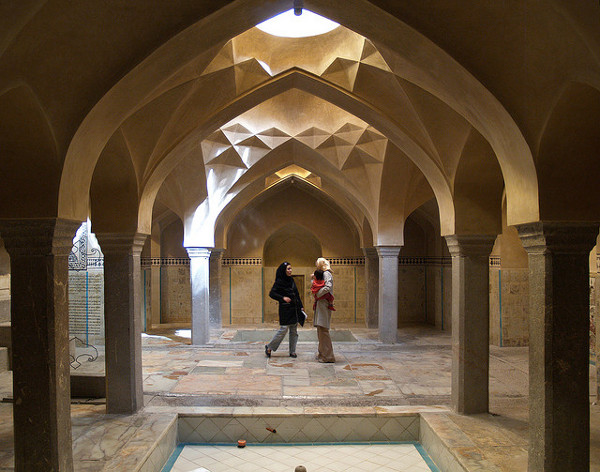
It is remarkable what a skylight, a breezeway, a green roof and the winter sun can do for a home’s energy costs. Passive lighting and climate control use intelligent design and building practices to take advantage of nature when heating, cooling and lighting a home. A skylight, like in the image above, can single-handedly light a room without the need for electrical lighting. Cross-ventilation can help cool a room during warmer months. Green roofs can act as natural insulation all year round. Last, designing a home around the annual shifting of the sun can keep a home cool during the summer and warm during the winter. Aiming windows at the winter sun can bring its heat into a home, while the summer sun can bounce off of a well-placed awning.
Passive Lighting and Climate Control Gallery
Urban Livestock Farming
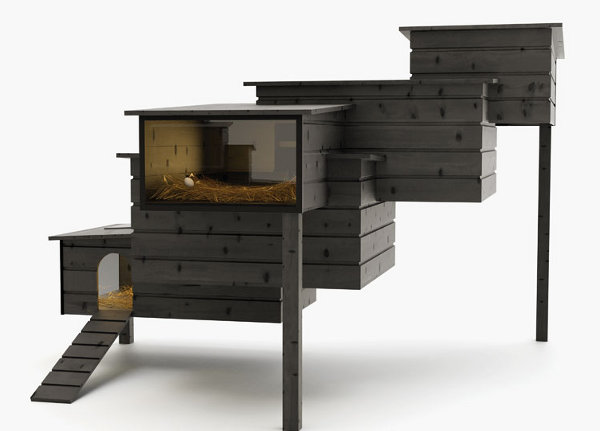
So your hydroponic garden is kicking out more vegetables than you know what to do with– but what about eggs, milk and cheese? Urban livestock farming is another trend growing in cities around the world. On rooftops and back yards, urban farmers raise chickens, goats and other animals for their eggs and milk. Designer Frederik Roije created the stylish, modern hen house shown above, a reflection of the interest young creatives have on self-sufficiency in urban environments. City laws and neighborhood associations may not take kindly to certain livestock, so it’s important to find out what you can and cannot keep. If you’re in the clear, a pair of goats and a chicken coop will yield more omelets and homemade chevre than anyone could desire. Surprisingly, goats make great pets as well– and they’ll quickly replace your lawn mower by keeping your grass short.
Urban Livestock Farming Gallery
Renewable Residential Energy Systems

While fossil fuels and other energy costs continue to rise, the price of renewable energy systems continue to drop. Today, homeowners can supplement or replace the energy grid with solar panels, wind turbines and geothermal systems. Each of these systems carries a hefty price tag up front, but the lifetime savings of these systems can be measured in the tens or even hundreds of thousands of dollars. Photovoltaic solar panels can be attached to roofs or open spaces in yards, some of which can provide all energy needs for homes in sunny climates. Wind turbines are usually more supplemental than grid-replacing, but “grid tie” wind turbine systems can generate a lot of juice in windy environments. Last, geothermal energy systems are growing in popularity, allowing homeowners to tap into the earth’s natural heat to to manage their home’s climate control. A suite of these renewable options can be used in concert to keep a home running, and small-scale systems can be used to replace part of a home’s energy needs. A single solar panel could be enough to power your aeroponic garden, for example.
Alternative Energy Systems Gallery
Thanks for reading, we hope to have inspired you to explore some new options for self-sufficient, independent living at home. Do you have a tactic or technology you use to live independently that we didn’t mention? We’d love to hear about it in the comments. Also, if you use any of the above methods, feel free to tell us about your experience!
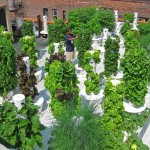
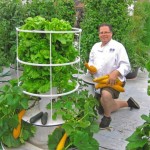
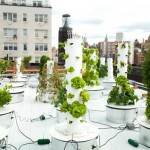
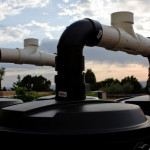
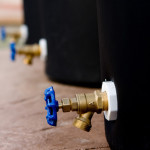
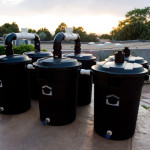



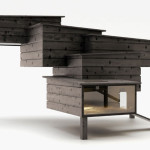
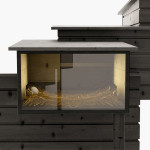
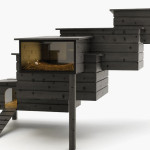



No comments:
Post a Comment